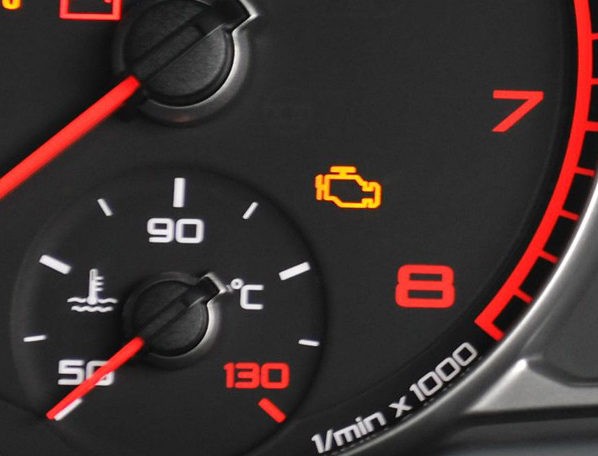If your Volkswagen suddenly loses power and displays warning lights, it might be in “limp mode.” This safety feature protects your engine from potential damage by limiting performance. This article will explore the causes, symptoms, and solutions for Volkswagen Limp Mode, helping you understand and address this issue.
What is Volkswagen Limp Mode?
Limp mode, also known as “safe mode,” is a protective mechanism activated by your Volkswagen’s Engine Control Unit (ECU) when it detects a critical malfunction. The ECU restricts engine performance to prevent further damage, allowing you to drive to a safe location or a repair shop.
Recognizing the Symptoms of Limp Mode
Besides a noticeable loss of power, several other symptoms indicate your Volkswagen might be in limp mode:
- Illuminated Warning Lights: The check engine light or other warning lights on your dashboard will likely turn on.
- Reduced RPM: Engine speed will be limited, typically to around 2,000-3,000 RPM.
- Limited Speed: You might find your car’s speed restricted to 30-50 mph.
- Gear Shift Problems: Automatic transmissions may be locked in a single gear, usually a lower one.
- Disabled Features: Non-essential features like air conditioning might be deactivated.
Common Causes of Limp Mode in Volkswagens
A variety of issues can trigger limp mode in a Volkswagen. Some common culprits include:
- Low Fluid Levels: Insufficient oil or coolant can cause overheating and trigger limp mode.
- Transmission Problems: Issues with the gearbox, such as slipping or inability to shift, can activate limp mode.
- Brake System Malfunctions: Problems with the brakes, such as a hydraulic leak or seized caliper, can trigger the safety feature.
- Wiring Issues: Damaged or faulty wiring in the engine or transmission systems can disrupt signals and activate limp mode.
- Engine Problems: Issues like misfires, turbocharger problems, or sensor malfunctions can all lead to limp mode.
- Sensor Issues: Faulty sensors providing incorrect data to the ECU, such as the mass airflow sensor (MAF), oxygen sensor, or throttle position sensor, can trigger limp mode.
Getting Your Volkswagen Out of Limp Mode
Limp mode is a symptom, not the problem itself. Addressing the underlying issue is crucial.
- Check Fluid Levels: Inspect your oil and coolant levels and top them off if necessary.
- Visual Inspection: Look for any obvious signs of damage, leaks, or loose connections.
- Restart the Engine: Sometimes, a simple restart can temporarily clear the issue, but the problem will likely return if the underlying cause persists.
- Professional Diagnosis: If the problem persists, take your Volkswagen to a qualified mechanic for a thorough diagnosis using a diagnostic scanner to read the error codes stored in the ECU. This is the most reliable way to pinpoint the problem and get your car repaired correctly.
Can You Bypass Volkswagen Limp Mode?
While some temporary fixes might seem to bypass limp mode, ignoring the underlying problem is strongly discouraged. Continuing to drive in limp mode could exacerbate the issue and lead to more extensive and costly repairs. Never attempt to permanently disable limp mode, as it’s a vital safety feature.
Conclusion
Volkswagen limp mode is a crucial safety feature that protects your engine from damage. Understanding its causes and symptoms allows you to address the problem effectively. While temporary fixes might provide short-term relief, seeking professional diagnosis and repair is essential to resolve the underlying issue and ensure your Volkswagen’s long-term health. Ignoring limp mode can lead to costly repairs and potentially dangerous driving situations.

